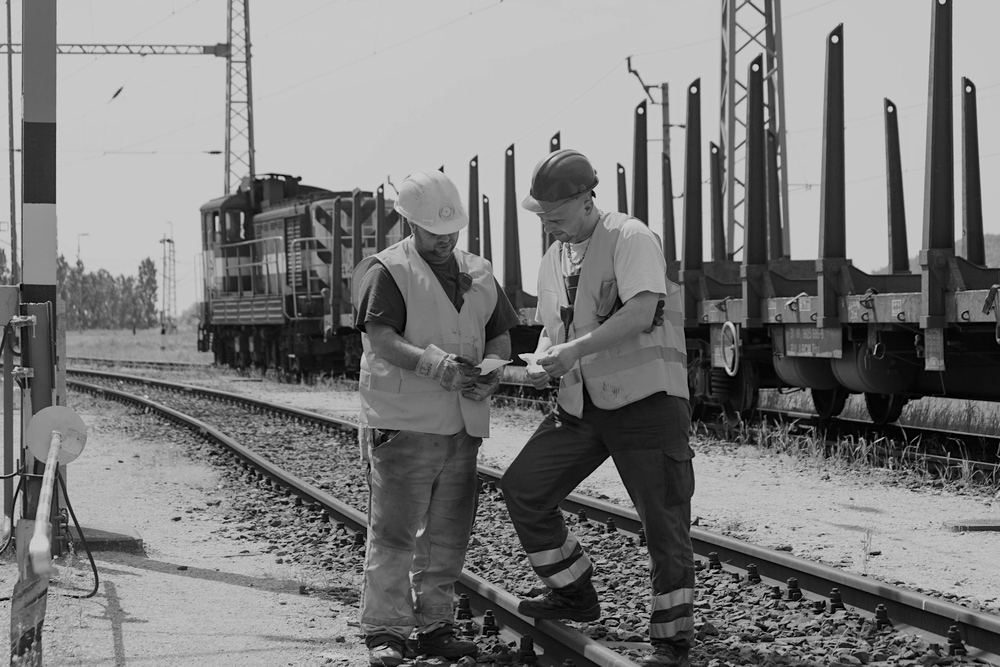
If you find yourself working on (or near) the railroad, all the livelong day, odds are you will have to do much more than sing, “Fee Fi Fiddle EE Aye Oh.” Particularly, this is true if you are the one in charge of making sure that all of the appropriate insurance is in place for your project.
With trains traveling in one direction and cars and trucks moving in another, it is not hard to understand why performing construction operations within 50 feet of an active railroad track is a risky proposition. Prudent Risk Managers know that any failure to address the key issues—which can come from working, next to, on top of, underneath or actually on the railroad tracks themselves—has the potential to leave gaping holes in your insurance coverage.
The standard ISO General Liability Form CG 00 01 only provides coverage for railroad sidetrack agreements within the definition of an Insured Contract.
However, the same CGL policy specifically excludes any part of any contract or agreement that indemnifies a railroad for losses that result from construction or demolition within 50 feet of any railroad property, or that affects any of the following:
- Railroad bridge
- Trestle
- Track
- Roadbed
- Tunnel
- Underpass
What is a Right of Entry Agreement?
There is an endorsement that you can get that will amend the Definition of Insured Contract to bring back this coverage. Regardless of whether you are required to provide a Railroad Protective or not, when you work on or near a railroad crossing, bridge, or tunnel, you are working on someone else’s private property. As a result, that property owner has a right to enter into his or her own agreement with the contractor and dictate the terms of how you will ensure that the utmost care is taken to protect that property. This agreement is referred to as a Right of Entry Agreement.
This agreement lays out all of the procedures that you, as the contractor, must follow in order to keep the worksite safe. Most of these issues deal with managing the safety around the tracks and dealing with the train traffic—and, of course, it lays out the insurance requirements.
The Right of Entry Agreement becomes the contract between the contractor and the railroad. The insurance requirements add a unique coverage that provides a separate limit of General Liability coverage solely for the benefit of the Railroad. This is called a Railroad Protective (RRP).
The Railroad Protective Policy provides coverage ONLY for the railroad and is purchased by the Prime Contractor to cover all the work (Prime and all subs) within 50 feet of the Centerline of the tracks.
The coverage is project-specific and is quoted off of an application. Pricing typically depends on:
- Value of work within 50 feet of the tracks. (On, over, under and besides)
- Daily amount of train traffic: # passenger and/or # freight
- Time spent working around the railroad
- Limits
Limits are usually $2MM per claim and $6MM aggregate but can go up as high as $25MM per claim/$25MM aggregate. The coverage is similar to a General Liability policy except that it does not have any Completed Operations Coverage.
- The first section of the RRP provides for protection of the railroad from certain vicarious liability claims for bodily injury (BI) and property damage (PD).
- The second section provides for protection of the railroad from physical damage to its property.
In spite of the fact that there is an endorsement CG 24 17 that you can easily add to your General Liability policy to amend the Definition of an Insured Contract to add back coverage for “work within 50 feet…”, the Railroads request that the contractor provide this separate limit of liability.
To that end, most Railroad Protective Insurance Companies issue policies and require that the Contractor that is buying the policy amend the Definition of an Insured Contract to add back the Work within 50 feet coverage on their corporate (or project) General Liability policies as a condition of binding coverage.
It is also good risk management to amend this exclusion on your Corporate Automobile policy as well.
Taking care of these Railroad coverage issues up front is easy to do; you’ll be “strummin’ on the ole banjo” in no time at all. Contact TSIB today to get started.
image credit: Little Hand Creations/shutterstock.com


Comments